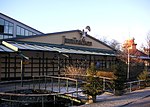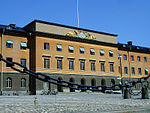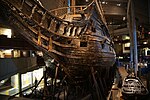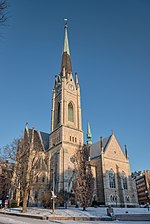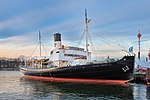Torstenssonsgatan
Stockholm road stubsStreets in Stockholm

Torstenssonsgatan, Östermalm, Stockholm, Sweden, stretches between Strandvägen and Storgatan. The street is crossed by Riddargatan. Torstenssonsgatan is a wide and short avenue (about 200 meter) with linden trees. In the extension of the street is The Museum of National Antiquities (Historiska Museet). The street is a not a through street to Strandvägen.
Excerpt from the Wikipedia article Torstenssonsgatan (License: CC BY-SA 3.0, Authors, Images).Torstenssonsgatan
Torstenssonsgatan, Stockholm Östermalm (Östermalms stadsdelsområde)
Geographical coordinates (GPS) Address Nearby Places Show on map
Geographical coordinates (GPS)
| Latitude | Longitude |
|---|---|
| N 59.332 ° | E 18.088527777778 ° |
Address
Torstenssonsgatan 3
114 57 Stockholm, Östermalm (Östermalms stadsdelsområde)
Sweden
Open on Google Maps

